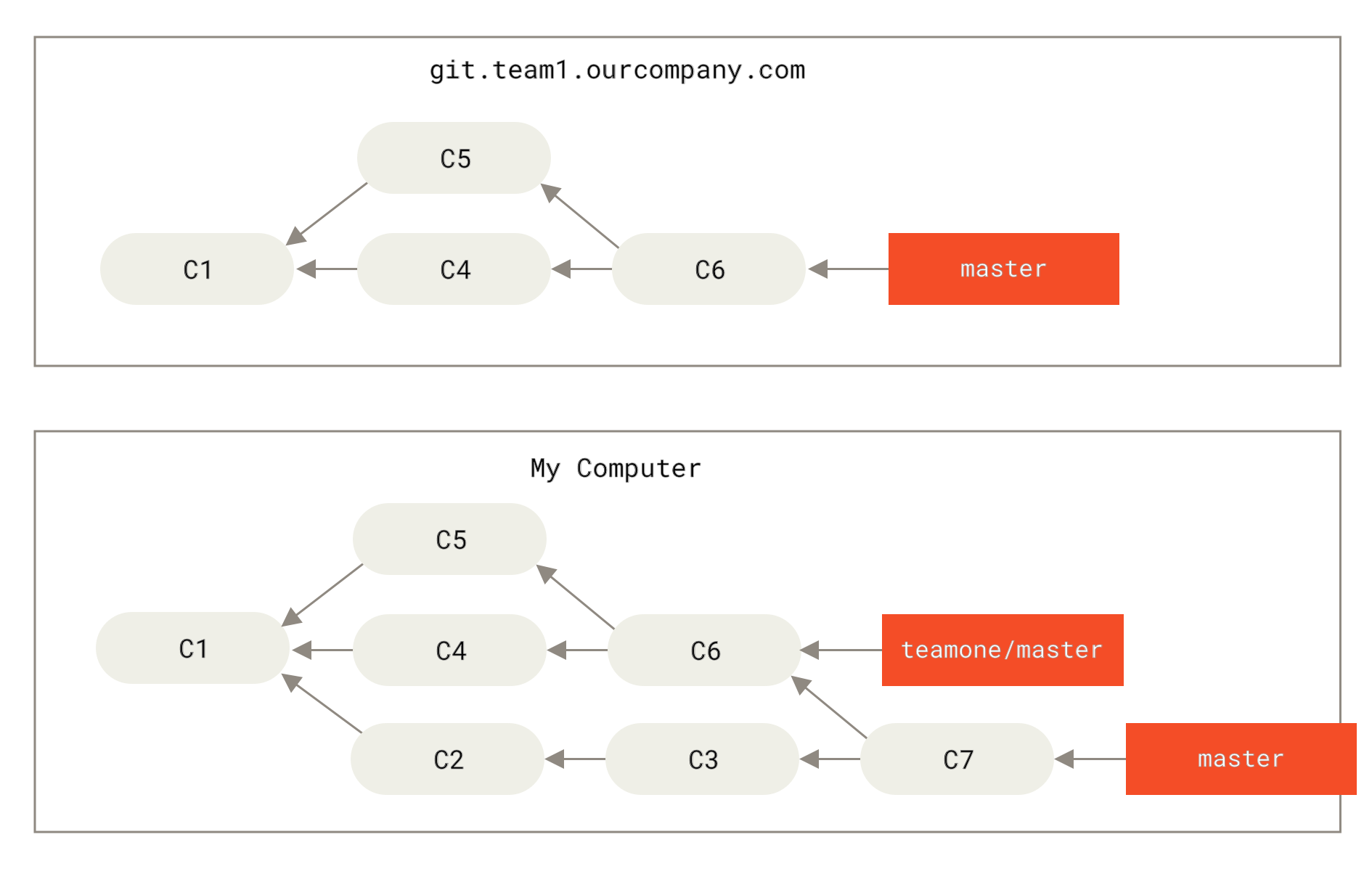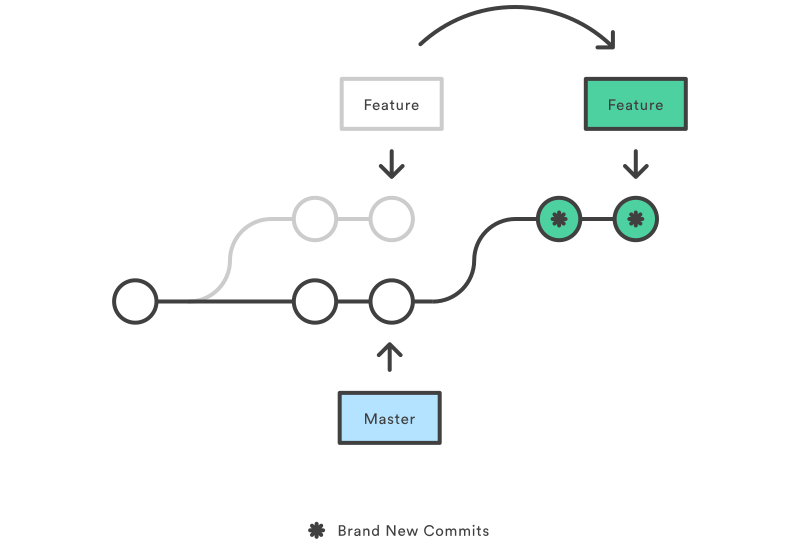

But the interactive part has just opened Vim for you.
#Rebase git how to
Escaping Vimĭon’t be alarmed, I will tell you how to get out of here. Or you could put the letter d or word drop in front of the line to exclude it from the rebase. You could also put a # in front of the line to comment it out. If, for some reason, there are commits in this list that you would like to exclude, just delete the lines by tapping d on your keyboard. The commits in this list which are prefixed with pick will be the commits that are replayed on top of the target branch. You will notice that these are the same commits as we saw in the earlier screenshot.

Vim editor showing the commits we want to git rebase When confirming this command, you will see output like in the screenshot below. What we are doing here is basically saying: give me the latest situation on origin/master and replay the commits interactively from the branch I’m currently on. although that is not something we will be doing now. You even have the option to remove commits, squash them, etc. The only thing this does is show you which commits are going to be rebased. Which means you want to do an interactive rebase. The git rebase part is probably clear, that is the actual command. Open the command-line and point it to the folder of your local Git repository.
#Rebase git mac
I will be showing you this on Windows, but everything works just the same on Mac or Linux if you will. The first thing we will do is open a command-line window. Note the top commit here, we expect that to show up directly under our own commits in the new history. I’m just showing you this so you will have a reference point and you know what to look for during the rebasing process. Imagine that the yellow dots are master and the purple ones are your branch/PR. On the left you see a merge, in the middle is your typically branching and on the right you can see a rebase. Have a look at the graphic below which will hopefully make it a bit more clear. After each commit is replayed there is a check if there are conflicts which you should then fix, but more on that later. Then commit by commit your changes are re-added on top of the latest state on master. When you do a Git rebase you take that latest state of the master branch. Since you opened the PR, new commits were added to the master branch. Imagine you want to add commits to the master branch.

What will happen during a Git rebase is that the commits you want to add to the codebase are replayed on top of the target branch. This is where things start to get a bit scary, because it involves rewriting history due to force pushing. As you can see, there are a lot of reasons for a rebase.
#Rebase git code
Or your code hooks into new code that is now added in the target branch. Another reason might be that you have just opened the PR at a time where the tests or build were in a bad state. On the Xamarin.Forms repository we might ask you to do a rebase whenever there are conflicts. That will however give a lot of merge commits and isn’t very clean. What you could do is merge the changes from the target branch into your PR branch. These are conflicts between your code changes in the PR and other changes that got merged into the target branch. Meanwhile, development goes on and the branch you are targeting with your PR gets updated. Unfortunately reality is that your PR might be sitting there for a while. You have gathered the courage to open that PR and hope it will get merged soon. The Backstoryįinally, your change is ready for the world to see. In this post I will write a little about the why and the how. And more importantly: don’t be afraid of the Git force push. While contributing to a big OSS project it’s quite useful to know how to do a Git rebase.


 0 kommentar(er)
0 kommentar(er)
